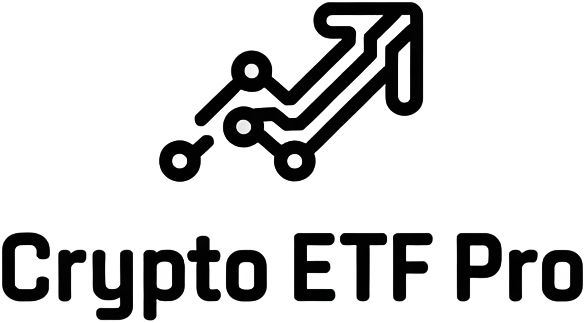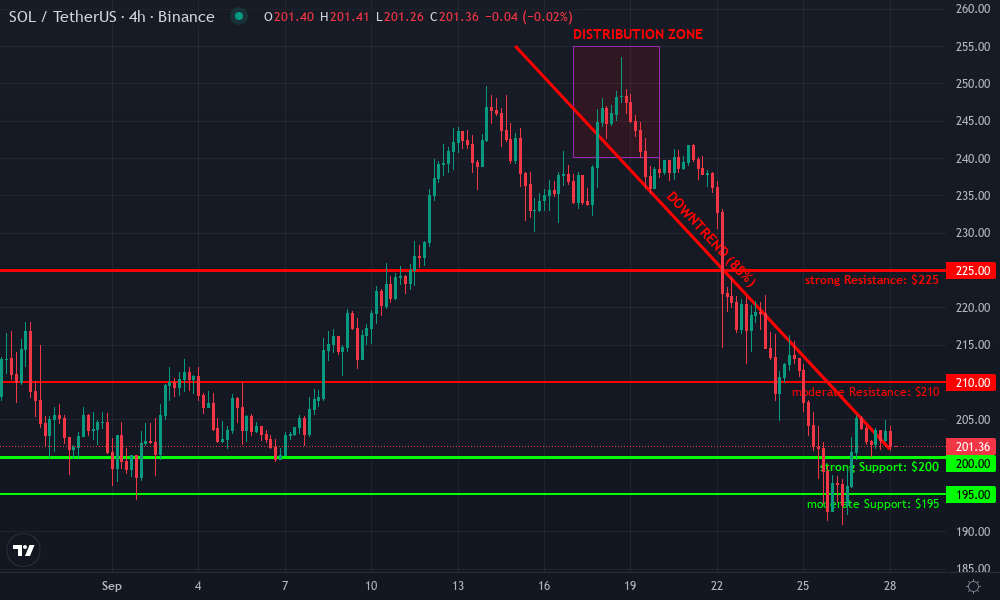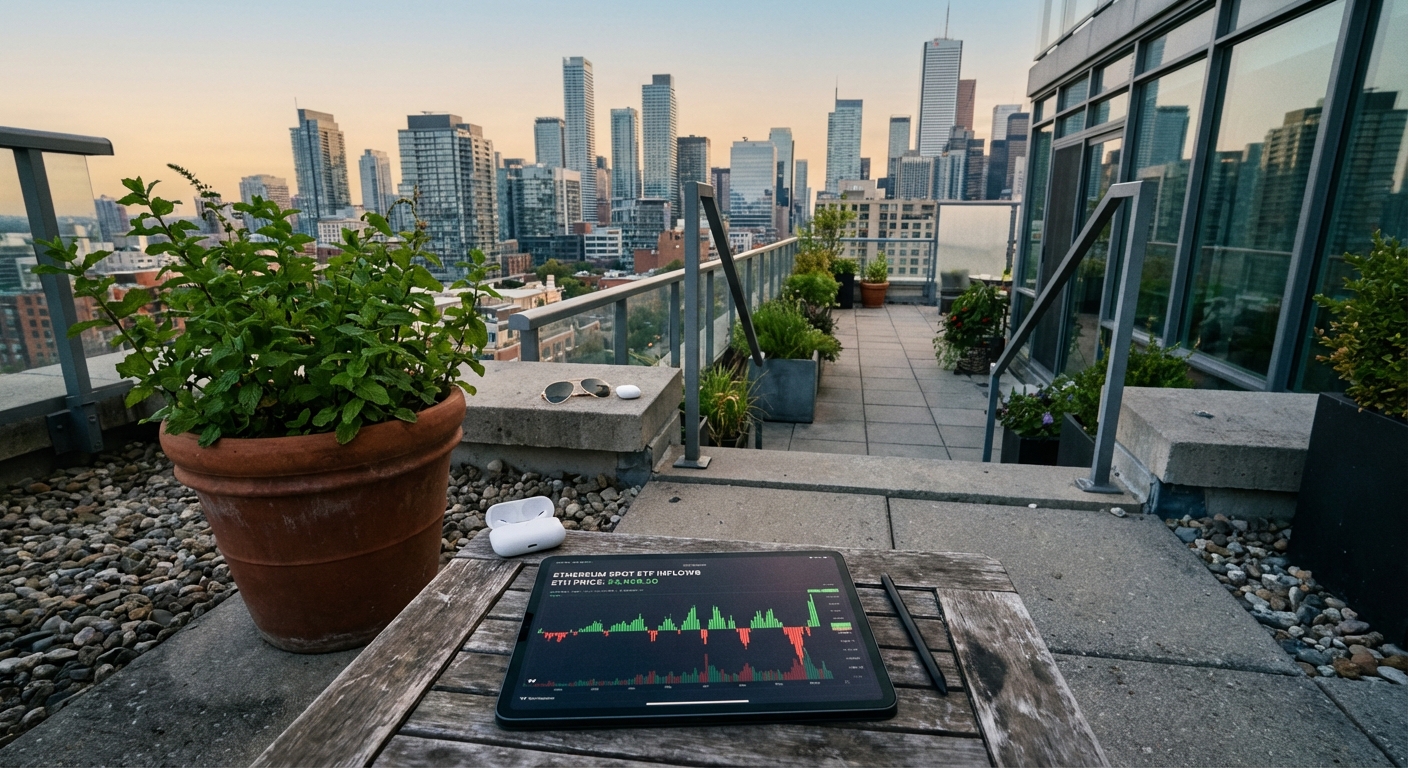
Solana staking ETFs are rapidly redefining institutional crypto investing, combining regulated market access with blockchain-native yield mechanics. As of September 28,2025, Solana (SOL) trades at $201.52, reflecting a -1.28% change over the past 24 hours. The introduction of on-chain reward structures within ETF wrappers is catalyzing new capital inflows and changing how professional investors approach digital asset allocation.
SEC Fast-Tracks Solana Staking ETF Approvals
The U. S. Securities and Exchange Commission’s overhaul of digital asset ETF approvals in September 2025 has been a game changer. By reducing review times from up to 270 days to just 75 days, the SEC opened the floodgates for a new wave of crypto ETF filings. Major players like Grayscale, Fidelity, and VanEck have amended their applications to include staking features – a move that signals both regulatory progress and strong institutional demand.
ETF analysts now anticipate that multiple Solana staking ETFs could receive approval by mid-October, giving SOL products a regulatory status comparable to Bitcoin ETFs. This acceleration is evident in recent filings and market moves:
Key SEC Moves Accelerating Solana Staking ETF Approvals
-

Streamlined ETF Approval Process (September 2025): The SEC reduced the crypto ETF review period from up to 270 days to just 75 days, dramatically accelerating the timeline for new products like Solana staking ETFs. (Reuters)
-

Acceptance of Staking Features in ETF Filings: The SEC began accepting ETF applications that explicitly include staking mechanisms, paving the way for products offering on-chain rewards. Major firms such as Franklin and Fidelity amended Solana ETF filings to incorporate staking. (LiveBitcoinNews)
-
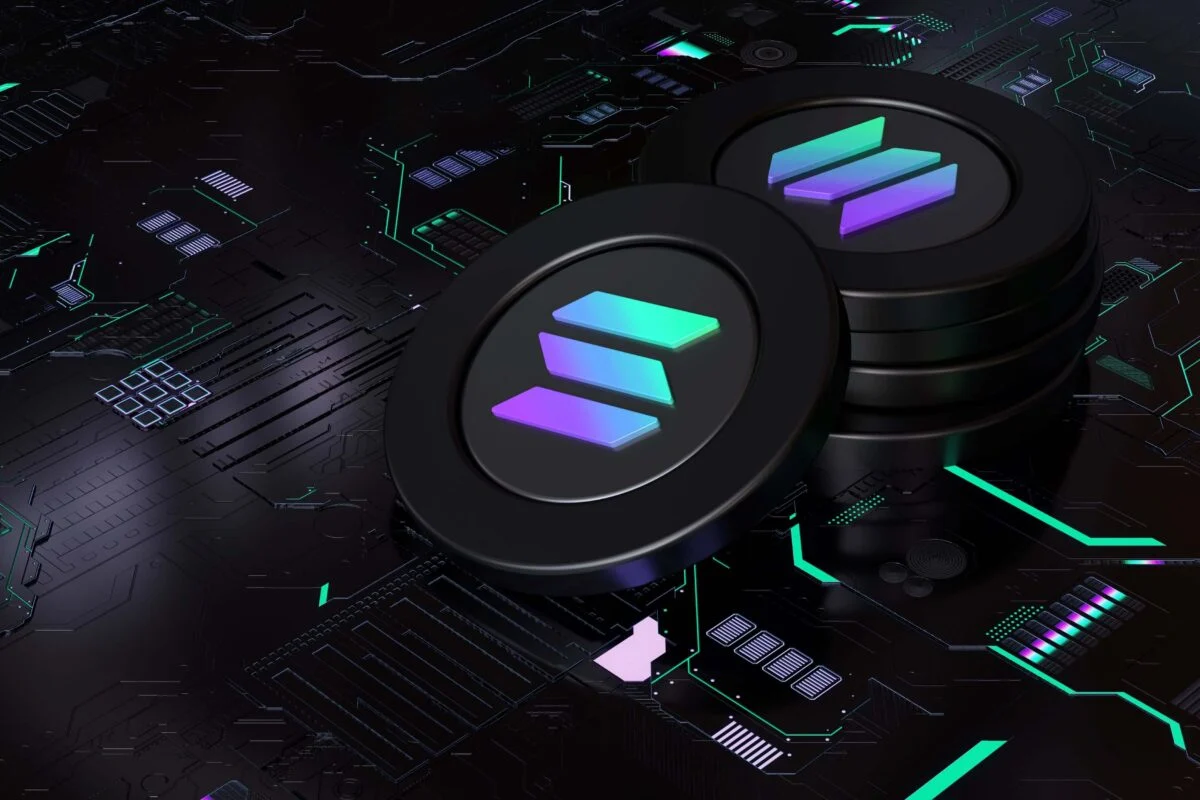
First Staking-Enabled Solana ETF Launches: The REX-Osprey Solana Staking ETF (SSK) debuted in July 2025, marking the SEC’s acceptance of staking-enabled ETFs. SSK attracted $12 million in first-day inflows and $33 million in trading volume. (BraveNewCoin)
-
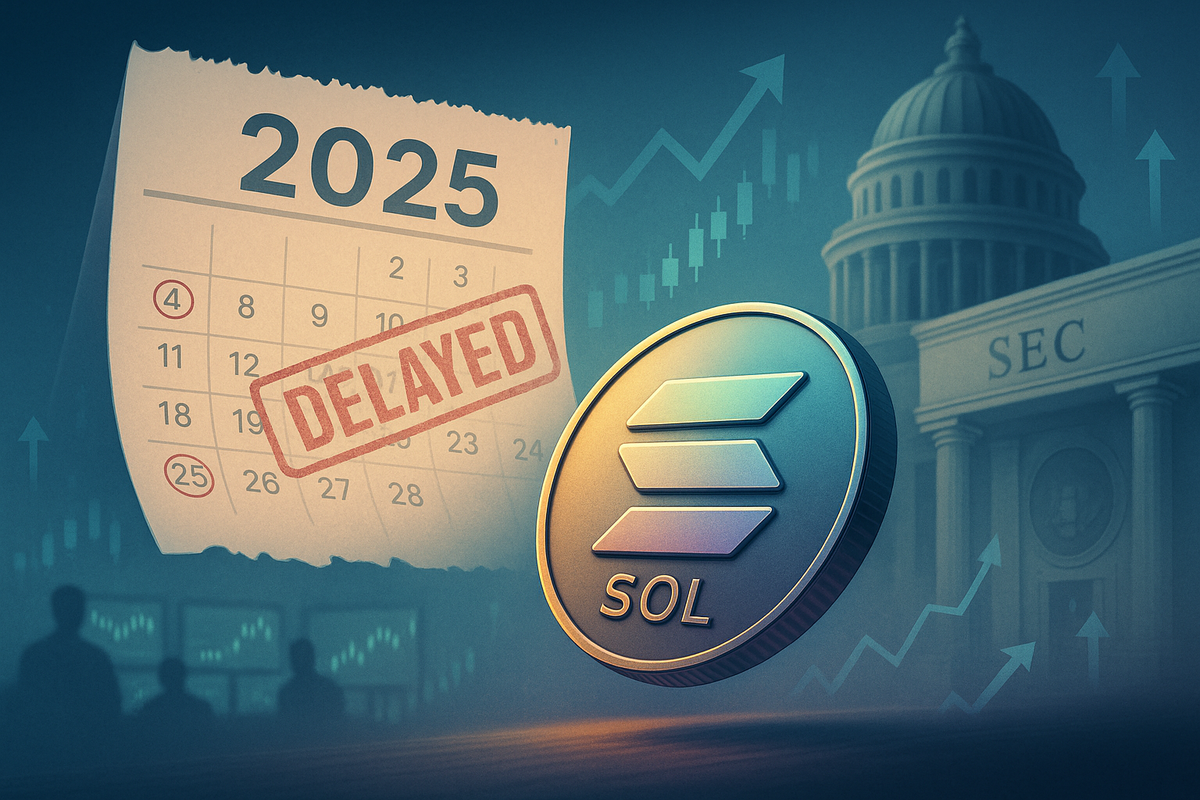
Multiple Solana ETF Approvals Expected by October 2025: SEC’s regulatory updates and streamlined processes have positioned several Solana staking ETF applications for likely approval by mid-October 2025, according to ETF analysts. (Cointelegraph)
-
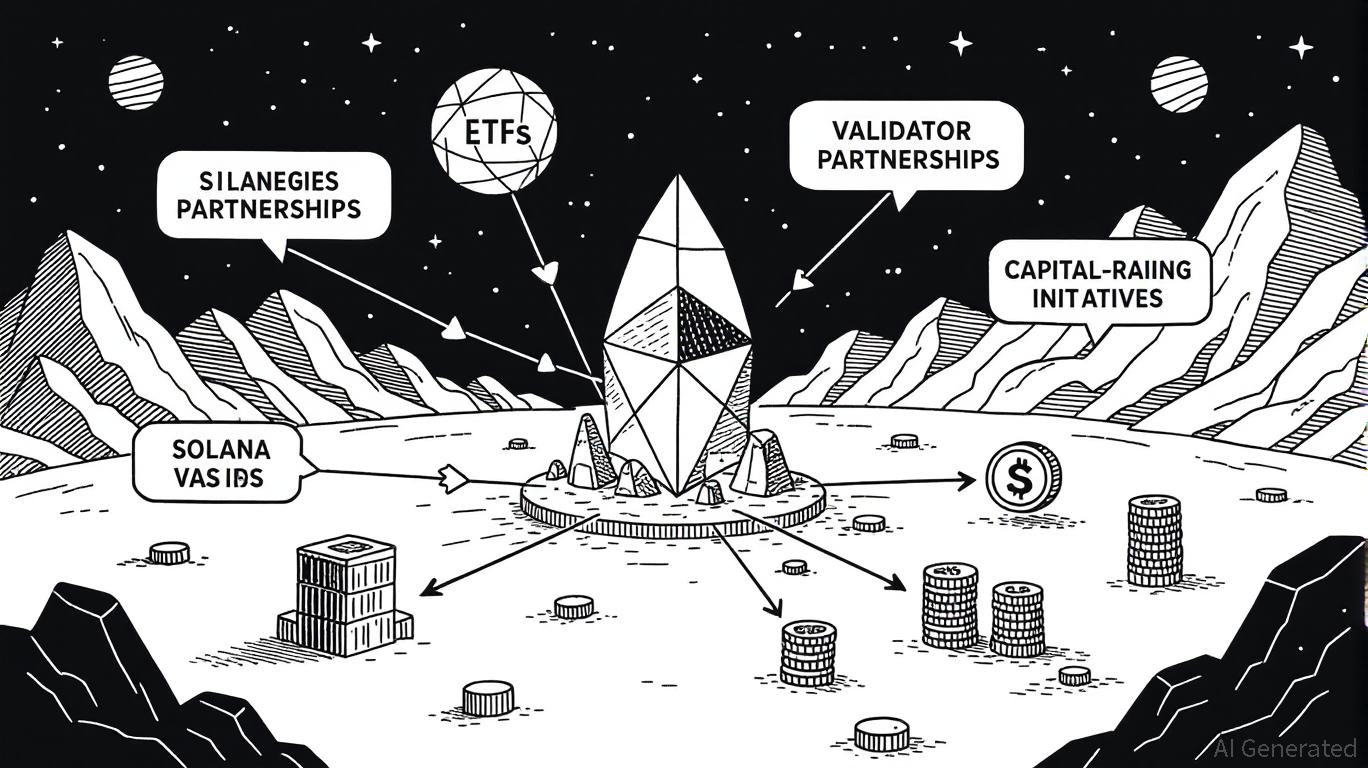
Institutional-Grade Staking Infrastructure Recognized: The SEC has acknowledged the importance of regulated staking infrastructure, with asset managers like 3iQ and Sol Strategies partnering to deliver compliant Solana staking solutions for ETFs. (CoinMarketCap Academy)
For detailed coverage on the SEC’s streamlined process and Grayscale’s multi-coin ETF launch including Solana, see Reuters.
How On-Chain Rewards Reshape Institutional Yield
The core innovation of Solana staking ETFs is their ability to deliver on-chain rewards directly to fund holders. Unlike traditional ETFs that simply track an asset’s price, these products integrate native blockchain yield mechanisms such as staking – allowing investors to benefit from both SOL price appreciation and network rewards.
This dual-yield structure is already attracting significant institutional interest:
- REX-Osprey Solana Staking ETF (SSK): Launched July 2025, SSK saw $12 million in inflows and $33 million in trading volume on day one (Brave New Coin).
- Purpose Solana ETF (SOLL): Debuted April 2025 on TSX, offering direct physical exposure plus seamless accrual of staking rewards (Purpose Investments).
This model eliminates the technical barriers for institutions – no need for wallet management or validator setup – while providing transparent yield metrics that can be benchmarked against other traditional or crypto-native instruments.
Market Impact: Price Stability and Yield Dynamics at $201.52
The current SOL price of $201.52, with a daily high of $205.01 and low of $200.02, demonstrates relative stability amid heightened ETF speculation. As more funds incorporate on-chain rewards into their structure, this could dampen volatility by incentivizing long-term holding among large allocators seeking predictable yield streams.
Solana Technical Analysis Chart
Analysis by Jackson Avery | Symbol: BINANCE:SOLUSDT | Interval: 4h | Drawings: 6
Technical Analysis Summary
Aggressively chart a possible reversal zone at $200, highlighting a recent sharp downtrend followed by stabilization. Draw a downtrend trend line from the mid-September 2025 peak (~$255) to the current price (~$201). Mark horizontal support at $200 and resistance at $210 and $225. Use a rectangle to show recent consolidation between $200 and $205. Place arrow markers or callouts at the breakdown from $225 and the bounce at $195. Use a short position tool from $205 (if breakdown resumes) and a long position tool from $200 (if reversal confirms).
Risk Assessment: high
Analysis: Volatility is extreme at major inflection with ETF catalysts imminent; $200 is a knife’s edge—big rewards, big risks.
Jackson Avery’s Recommendation: Aggressive traders: consider scaling in at $200 with tight stops ($195), aiming for $210–$225 on ETF news. Manage size ruthlessly and expect whipsaws.
Key Support & Resistance Levels
📈 Support Levels:
-
$200 – Current psychological and technical support. Held after a strong selloff—critical for bulls.
strong -
$195 – Recent intraday low; if broken, signals major breakdown.
moderate
📉 Resistance Levels:
-
$210 – First resistance; previous support before breakdown.
moderate -
$225 – Major resistance from early September consolidation and breakdown.
strong
Trading Zones (high risk tolerance)
🎯 Entry Zones:
-
$200 – Potential reversal zone after capitulation; risk-on entry for aggressive swing traders.
high risk -
$210 – Breakout above local resistance could fuel quick upside momentum.
medium risk
🚪 Exit Zones:
-
$195 – Stop-loss for long entries at $200; break signals further downside.
🛡️ stop loss -
$225 – Profit target for aggressive long entries; aligns with previous major resistance.
💰 profit target
Technical Indicators Analysis
📊 Volume Analysis:
Pattern: N/A (volume not visible), but expect surges on breakdowns/bounces at key levels.
Monitor for high volume on break of $200 or reclaim of $210 to confirm move.
📈 MACD Analysis:
Signal: N/A (MACD not shown), but momentum is sharply negative; look for bullish divergence as reversal trigger.
Aggressive traders should watch for MACD bullish cross on lower timeframes for early reversal signal.
Applied TradingView Drawing Utilities
This chart analysis utilizes the following professional drawing tools:
Disclaimer: This technical analysis by Jackson Avery is for educational purposes only and should not be considered as financial advice.
Trading involves risk, and you should always do your own research before making investment decisions.
Past performance does not guarantee future results. The analysis reflects the author’s personal methodology and risk tolerance (high).
The integration of regulated yield generation via staking within an ETF wrapper offers new risk-adjusted return profiles previously unavailable through centralized exchanges or direct custody solutions.
Solana (SOL) Price Prediction 2026-2031: Impact of Staking ETFs and Institutional Adoption
Forecast based on the 2025 introduction of Solana staking ETFs, regulatory shifts, and institutional inflows. All prices in USD. Baseline: SOL at $201.52 (Sep 2025).
| Year | Minimum Price | Average Price | Maximum Price | % Change (Avg YoY) | Market Scenario Insights |
|---|---|---|---|---|---|
| 2026 | $170.00 | $235.00 | $325.00 | +16.6% | ETF inflows drive demand; volatility remains with macro uncertainty |
| 2027 | $190.00 | $285.00 | $420.00 | +21.3% | Wider ETF adoption, increased staking rewards, tech upgrades (Firedancer) |
| 2028 | $210.00 | $340.00 | $510.00 | +19.3% | DeFi and RWAs on Solana expand; regulatory clarity boosts confidence |
| 2029 | $250.00 | $400.00 | $600.00 | +17.6% | Mainstream financial integration, competition with ETH/AVAX |
| 2030 | $290.00 | $470.00 | $720.00 | +17.5% | Staking ETF maturity, new institutional products, global adoption |
| 2031 | $330.00 | $550.00 | $850.00 | +17.0% | Solana ecosystem matures; potential for blue-chip status |
Price Prediction Summary
Solana’s price outlook from 2026 to 2031 is strongly positive, driven by the institutional adoption of staking ETFs, regulatory progress, and continuous network innovation. The average price is projected to more than double over the next six years, with bullish scenarios possible if institutional inflows accelerate. However, volatility and competition from other smart contract platforms remain key risks.
Key Factors Affecting Solana Price
- US SEC approval and expansion of Solana staking ETFs, unlocking institutional capital
- Yield-enhanced ETF structures attracting traditional investors seeking passive income
- Solana’s ongoing technical upgrades (e.g., Firedancer, scalability, security)
- Broader DeFi, RWA, and tokenization use cases on Solana
- Regulatory clarity in the US and globally for crypto ETFs and staking
- Macro market cycles: risk-on/risk-off investor sentiment
- Potential competition from Ethereum, Avalanche, and new L1s
Disclaimer: Cryptocurrency price predictions are speculative and based on current market analysis.
Actual prices may vary significantly due to market volatility, regulatory changes, and other factors.
Always do your own research before making investment decisions.
Institutional Partnerships Fuel Robust On-Chain Infrastructure
The rapid development of institutional-grade staking infrastructure further supports this trend. Canadian asset manager 3iQ’s partnership with Sol Strategies exemplifies how asset managers are prioritizing security, compliance, and operational efficiency in delivering on-chain yield at scale (CoinMarketCap Academy). These collaborations reduce counterparty risk while ensuring rewards are transparently distributed to all fund participants.
With institutional-grade staking infrastructure now operational, the competitive landscape for Solana staking ETFs is intensifying. Leading custodians and staking providers are racing to offer enhanced uptime, slashing protection, and transparent reward accounting, all critical features for regulated funds managing large pools of capital. This institutionalization of on-chain yield helps address historic concerns over security and governance that previously limited direct participation by asset managers.

Yield Efficiency and Fee Structures: What Sets Solana Staking ETFs Apart?
One of the key differentiators among Solana staking ETF products is their approach to yield distribution and fee transparency. Most leading funds pass through net staking rewards, after accounting for validator fees, custody costs, and fund management expenses, directly to shareholders. This model enables investors to capture a significant portion of SOL’s protocol-native yield without incurring the operational friction or technical complexity of self-staking.
The result is a more efficient risk/reward profile when compared to legacy crypto ETPs or synthetic products that lack direct on-chain integration. As fee competition heats up among issuers, expect further innovation in how rewards are maximized and reported.
Key Features to Compare in Solana Staking ETFs
-
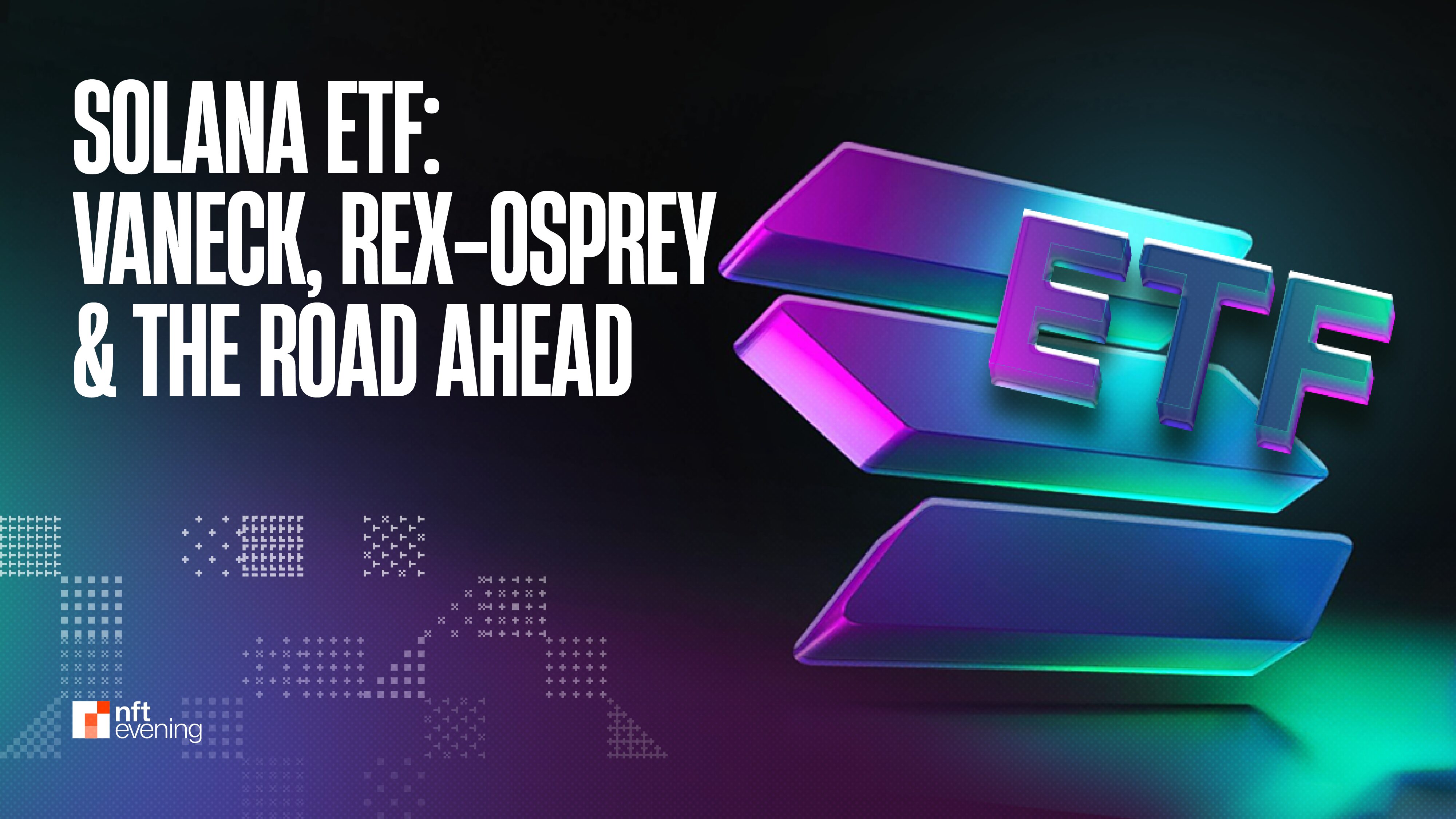
Staking Reward Structure: Evaluate how on-chain staking rewards are accrued and distributed to ETF holders. For example, the REX-Osprey Solana Staking ETF (SSK) integrates rewards directly into the fund, enhancing yield potential.
-
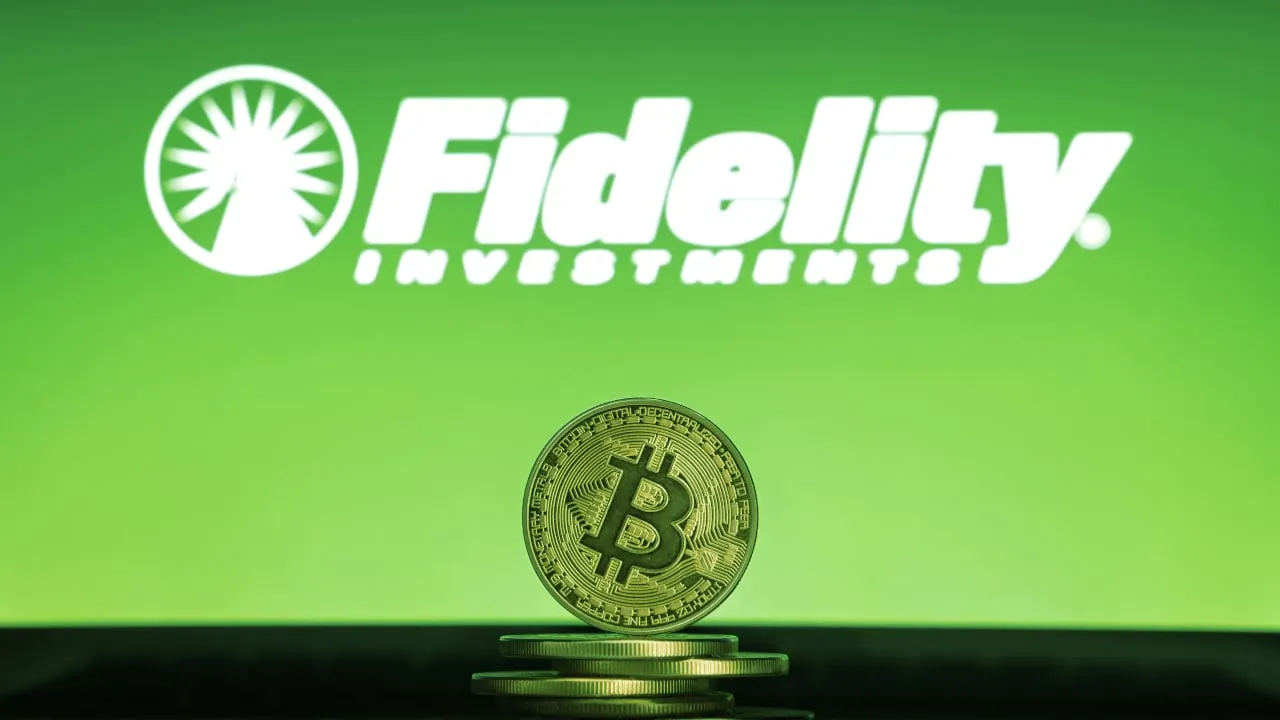
Custody and Security Framework: Assess the ETF’s custodial partners and security protocols. Institutional-grade custody, such as that provided by Fidelity Digital Assets or Coinbase Custody, is critical for safeguarding staked SOL.
-

Management Fees and Staking Commissions: Compare management fees and any staking commission charged by the ETF provider. Lower fees, as seen in Purpose Solana ETF (SOLL), can significantly impact net returns for allocators.
-
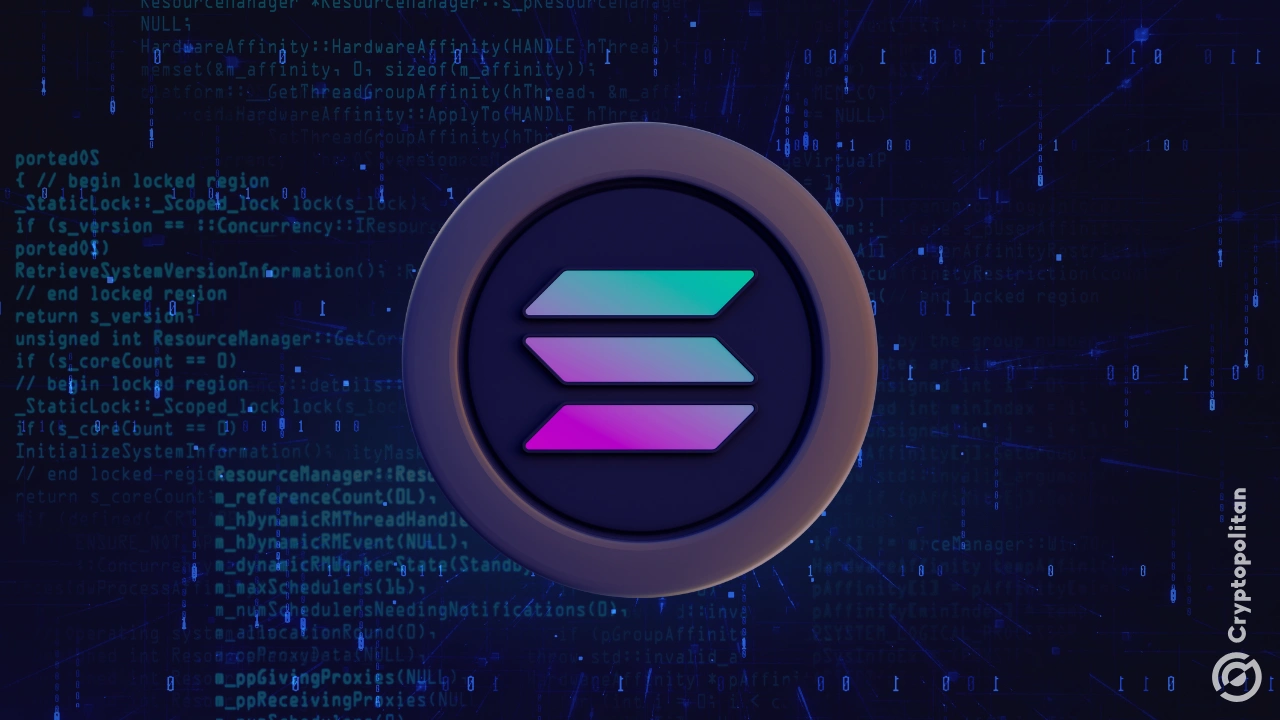
Liquidity and Trading Volume: Examine ETF liquidity and daily trading volume. The REX-Osprey SSK ETF reported nearly $33 million in first-day volume, indicating robust institutional interest and ease of entry/exit.
-

Regulatory Compliance and Jurisdiction: Consider the ETF’s regulatory status and listing exchange. Products like Purpose Solana ETF (SOLL) on the Toronto Stock Exchange and pending US ETFs reflect varying oversight and investor protections.
-

Underlying Solana Exposure: Verify whether the ETF offers physical (spot) SOL exposure or uses derivatives. Direct spot holdings, as with Purpose Investments’ SOLL, ensure alignment with Solana’s market price (currently $201.52).
-
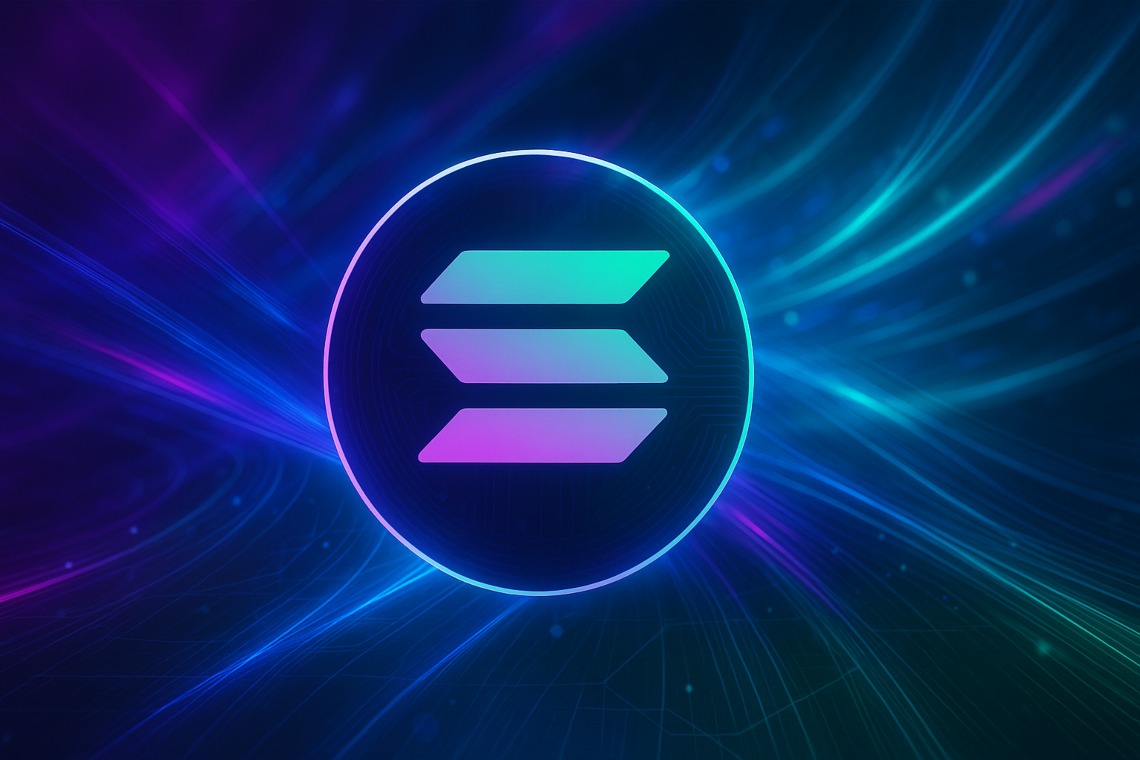
Staking Infrastructure Partnerships: Review the ETF’s staking infrastructure providers. Collaborations, such as 3iQ with Sol Strategies, can enhance staking efficiency and security for institutional investors.
Broader Implications for Crypto ETF Yield Products
The approval pipeline for Solana staking ETFs signals a broader shift toward on-chain yield ETFs as a new standard in digital asset investing. With the SEC’s accelerated timeline, other proof-of-stake assets, such as Ethereum or Cardano, may soon see similar ETF structures that blend regulatory compliance with native blockchain rewards. The U. S. market’s acceptance of these hybrid models could eventually drive trillions in institutional AUM into crypto yield strategies.
For professional allocators, this means more tools to construct diversified portfolios with predictable income streams from digital assets. For the underlying networks like Solana, increased ETF participation can enhance network security (via more staked tokens) while deepening liquidity at key price levels like $201.52.
What’s Next? Monitoring SEC Decisions and Market Flows
With several major Solana staking ETF applications pending final SEC review, and mid-October 2025 flagged as a likely window for approvals, the next few weeks will be pivotal for both market structure and investor sentiment (Reuters). Analysts expect initial inflows to be robust as institutions reallocate from legacy products into vehicles offering both exposure and yield.
Market participants should closely track fund inflows, changes in net staked SOL on-chain, and any adjustments in fee disclosures across competing products. These metrics will determine which issuers gain early-mover advantage as the Solana institutional investing narrative accelerates.
Are you planning to allocate capital to a Solana staking ETF once approved?
With Solana (SOL) trading at $201.52 and the SEC expected to approve multiple Solana staking ETFs soon, investors can now access SOL price exposure and staking rewards through regulated funds. Would you consider investing in a Solana staking ETF?
The convergence of regulated access, transparent on-chain rewards, and robust infrastructure positions Solana staking ETFs as a catalyst for mainstream adoption of crypto yield strategies. As the ecosystem matures around current price levels, anchored by SOL’s trading at $201.52: institutional investors now have unprecedented tools to capture blockchain-native returns within familiar ETF wrappers.
